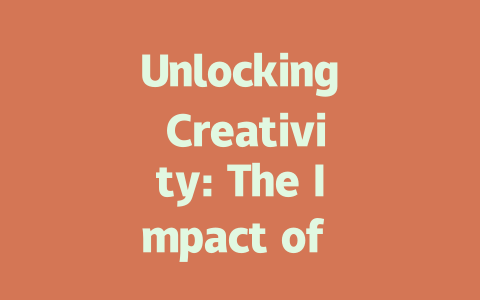
The world of photography education is evolving rapidly, with Artificial Intelligence-Generated Content (AIGC) emerging as a transformative force. As technology continues to reshape traditional methods of teaching and learning, the implications for photography students and educators alike are profound. This article explores the various ways in which AIGC is unlocking creativity in photography education.
AIGC: A Brief Overview
AIGC refers to content that is produced by artificial intelligence systems, capable of generating photographs, editing images, and even creating art. The capabilities of AIGC tools have increased significantly in recent years, enabling both novice and experienced photographers to explore new avenues of creativity. These tools can analyze vast amounts of data and provide insights that were previously unavailable, making them invaluable in a photographer’s toolkit.
Enhancing Technical Skills
One of the most significant impacts of AIGC in photography education lies in its ability to enhance technical skills. Traditional photography courses often focus heavily on manual techniques and understanding camera settings. However, with AIGC tools, students can experiment with advanced editing features and understand complex photographic styles without needing extensive technical knowledge.
For instance, students can utilize AIGC software to adjust lighting, contrast, and saturation effortlessly. This not only saves time but also allows learners to focus on the creative aspects of their work rather than getting bogged down with technical details.
Sparking Creative Ideas
AIGC can serve as a wellspring of inspiration for photography students. By providing a diverse range of visual styles and photographic concepts, these tools encourage students to think outside the box. For instance, AIGC can generate mood boards from various genres, showcasing different lighting techniques, compositions, and color palettes.
This exposure allows students to draw inspiration from numerous sources, potentially leading to innovative projects that reflect their unique artistic voices. AIGC tools can also create prompts or themes for projects, nudging students to explore new ideas that they might not have considered otherwise.
Expanding Access to Resources
Another significant benefit of AIGC in photography education is the democratization of access to resources. High-quality equipment and professional training can often be prohibitively expensive, particularly for students in economically disadvantaged circumstances. AIGC tools can provide students with virtual simulations of professional-grade software and resources, breaking down barriers to learning.
Moreover, students can experiment more freely without the fear of damaging expensive equipment or spending vast amounts of money on materials. This increased accessibility allows for a more diverse range of voices in photography, fostering an inclusive community of learners.
Collaboration and Networking
AIGC also enhances opportunities for collaboration among photography students. Online platforms powered by AIGC enable students to share their work with peers and receive instant feedback. This collaborative environment fosters a sense of community and support among learners, encouraging peer-to-peer learning.
Social media platforms, enhanced by AIGC algorithms, can help in networking opportunities for aspiring photographers. Students can connect with industry professionals, gain exposure, and find inspiration by collaborating on projects. This interconnectedness can lead to career opportunities and professional growth.
The Ethical Implications
While AIGC offers numerous advantages, it also raises ethical questions that students and educators must navigate. Issues of originality and authorship become blurred when AI plays a significant role in creating content. It is essential for photography programs to address these concerns and educate students about responsible use of AIGC technology.
As part of the curriculum, discussions surrounding ethical photography, the role of AI in creative fields, and the importance of preserving one’s artistic integrity must be included. Promoting awareness around these topics will ensure that students can harness AIGC’s power while respecting the broader implications of its use.
Conclusion
The impact of AIGC on photography education is a multifaceted phenomenon that holds great promise for nurturing creativity in budding photographers. By enhancing technical skills, sparking new ideas, expanding resource access, and promoting collaboration, AIGC can revolutionize how photography is taught and learned.
As the landscape of photography continues to evolve alongside technological advancements, it is crucial for educators to embrace these changes and guide students in leveraging AIGC effectively and ethically. With the right approach, AIGC can unlock infinite possibilities, inspiring the next generation of photographers to create impactful and meaningful work.








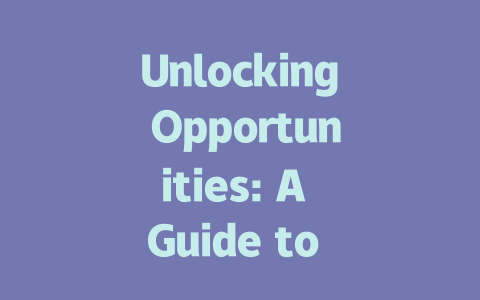
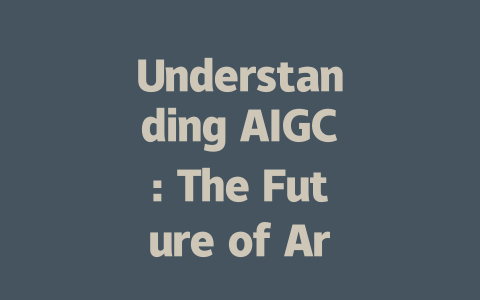
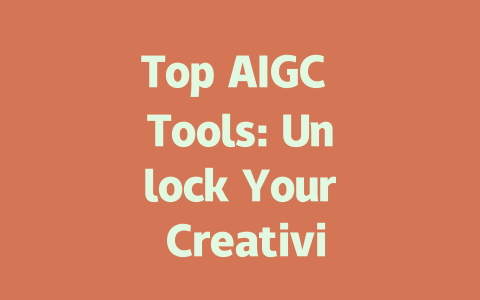
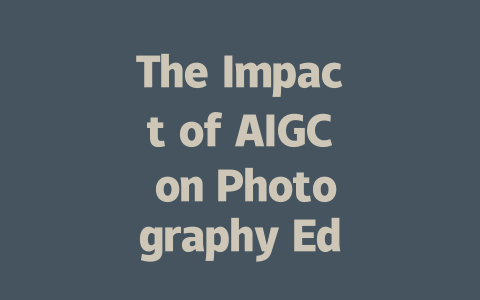

暫無評論內容